What Are the Risk Factors for Breast Cancer, and What Can You Do to Reduce Your Risk
Introduction
Breast cancer can be devastating to both the emotional and physical health of a woman. It is important to understand that lifestyle changes and smart nutrition habits can prevent the development of breast cancer.
Breast cancer is a malignant growth in the breast. If the tumor is not removed, the cancer cells will continue to penetrate the healthy breast tissue. There is also a chance that cancer cells will spread, including through the lymphatic system. This lymphatic system plays an important role in the production of antibodies against pathogens.
It consists of lymph vessels and lymph nodes or lymph nodes. Most of the lymph vessels in the chest lead to lymph nodes in the armpit. When breast cancer cells reach the lymph nodes under the arm, they can continue to grow and spread from there. Cancer cells can also spread through the blood.
You might think only women get breast cancer, this is not the case. Men have breast tissue as well and can develop breast cancer. Breast cancer is the most common cancer women get aside from skin cancer, but it’s followed closely by lung cancer and then colorectal cancer. However, breast cancer has a better survival rate amongst women than lung cancer does.
Different stages and types of Breast Cancer
Breast cancer is classified as 1 of 5 different stages, stage 0 through stage IV. When cancer has not been diagnosed and has been overlooked, and begins to spread, this is stage IV cancer. Caught early, stage 0 cancer is almost always easily dealt with.
There are 4 different types of cancer to be concerned about:
Hormone receptor-positive cancer
This type of cancer develops and grows because of its relationship with estrogen and progesterone. Hormonal therapy usually provides effective treatment.
Hormone receptor-negative cancer This cancer does not grow in response to estrogen and progesterone.
Human epidermal growth factor receptor 2 Referred to as HER-2+ breast cancer, this form develops because of an abnormally high level of a certain protein. Targeted therapies are usually the treatment option
Triple-negative breast cancer
These cancer cells grow without estrogen, progesterone, or HER-2. This type of cancer responds well to chemotherapy, but not targeted or hormone therapy.
What Are the Risk Factors for Breast Cancer
Weight gain, specifically after menopause, raises the risk of developing breast cancer in women. Exposure to excessive radiation over time also increases the risk. Poor eating habits, a lack of exercise, infrequent breast cancer exams, and birth control pills all increase the likelihood that a woman develops breast cancer. A history of breast or ovarian cancer in the family likewise raises your risk.
What Can You Do to Reduce Your Risk
1. Reduce your sugar intake. It has been proven that cancer develops in an environment that is rich in glucose.
Less oxygen and more sugar raise your risk of getting cancer.
2. Maintain a proper pH (potential Hydrogen) in your body. A nice high pH level is more oxygen-rich and an environment in which cancers do not do well in. So keep your pH above 7.0. To do this, drink a lot of water, eliminate soda, reduce the amount of meat you eat, minimize your consumption of sweets, and eat a lot of raw vegetables.
3. Exercise regularly. It doesn’t really matter what kind of exercise – just keep moving.
4. Get enough sleep. Your body needs that time or rest to rejuvenate cells, so make sure you’re getting the right amount of sleep.
5. Vitamin and mineral supplements will help maintain healthy body chemistry.
6. Don’t use tobacco products. This goes for smoking or chewing. Tobacco products are linked to many different types of cancer including lung, bladder, cervix, kidney, oral cavity, and pancreas. Avoid tobacco products at all costs and you’ll decrease your risks of developing cancer greatly.
7. Protect yourself in the sun. Cover yourself with clothing. Wear a hat. Avoid midday sun. Stay in the shade. Avoid tanning beds and lights.
Breast Self-Examination
Early detection of cancer leads to the best outcomes – especially in breast cancer. You can check your own breasts at home for lumps or abnormalities and call to your doctor’s attention concerns you may have so he or she can test further if need be. But do you know how to perform a home breast exam or how often to do it? Do you know what you’re looking for? Here’s what you need to know about home breast exams.
How to Perform a Home Breast Exam
There are five steps which you should take to do your monthly self-breast exams at home.
1. Look at yourself in the mirror. Keep your shoulders straight and your arms at your hips. You want to check to make sure your breasts are the normal size and shape as usual with no visible deformities or swelling. If you see dimpling or puckering of the skin, a nipple that has changed position or is inverted, or a rash on the skin of your breasts, you want to make your doctor aware of these changes.
2. Now lift your arms over your head and look at your breasts in the mirror. Look for the same things as in #1.
3. Check to make sure there is no liquid coming out of your nipples (unless you’re nursing, of course). Otherwise any liquid – whether it be milky, clear, yellow, bloody, or watery – should be what you’re taking note of.
4. Now lay down and begin feeling your breasts. Use your right hand to feel your left breast and your left hand to feel your right breast. Keeping the fingers flat and together, move the first few pads of your fingers over your breast in a smooth firm fashion. Go in a circular motion around about the size of a quarter. Get the entire breast from top to bottom and side to side. Move from your collar bone to your belly and your armpit to your cleavage.
Go in a pattern starting at your nipple and work your way out, making larger and larger circles. You could use a vertical method in rows like mowing the lawn, applying different amounts of pressure. Light pressure at the skin and tissue just underneath the breast, medium pressure for the tissue in the middle of the breast, and firmer pressure for the deep tissue at the back of the breast.
5. Now stand or sit up and feel your breasts. A good place to do this is in the shower. Use the same technique as in step 4; be sure to cover your entire breast using the same movements. You are feeling for any abnormalities or bumps in the breast tissue which are new.
You should perform these steps once a month, every month. It’s best done about a week after you have your menstrual period. This way your breasts are the least tender and swollen.
Remember, your breasts are always changing in small ways, but you want to be alerted to drastic changes that happen suddenly. In order to spot changes, you need to know what is normal for you, which means regular self-exams. It can also mean educating your partner and enlisting them in helping you notice anything unusual.
Note that your breast tissue will change depending on what stage of your menstrual cycle you are at if you are still having periods, so put a date on the calendar as a monthly reminder that is a week before or a week after your period should occur.
If you do notice anything, schedule an appointment with your doctor. They are trained and experienced in detecting breast issues that might be benign (harmless) versus potentially malignant, that is, cancerous.
Your doctor will ask for your recent medical history when you noticed the change if you have pain, and so on. She/he will perform a physical examination and a clinical breast exam. On the basis of what they find, they might recommend other tests
Nutritional Guidelines to Help Prevent Breast Cancer
There is research that indicates maintaining a healthy body weight while eating healthy foods could drop the overall number of all cancers by 15%. Some nutritional tips that significantly drop your risk of developing breast cancer, are:
- Swapping red meats for lean, organic poultry or wild-caught, fatty fish like salmon.
- Eat more vegetables, fruits, and whole grains and less processed, fast foods.
Blueberries, garlic, flaxseed, almonds and walnuts, spinach, and ginger are a few cancer-fighting superfoods you need to be eating more of.
Conclusion
A breast cancer diagnosis can be emotionally and physically devastating. However, when women understand the risk factors and nutritional advice that can help them limit their risks of developing breast cancer, they reduce their odds of contracting this devastating disease.

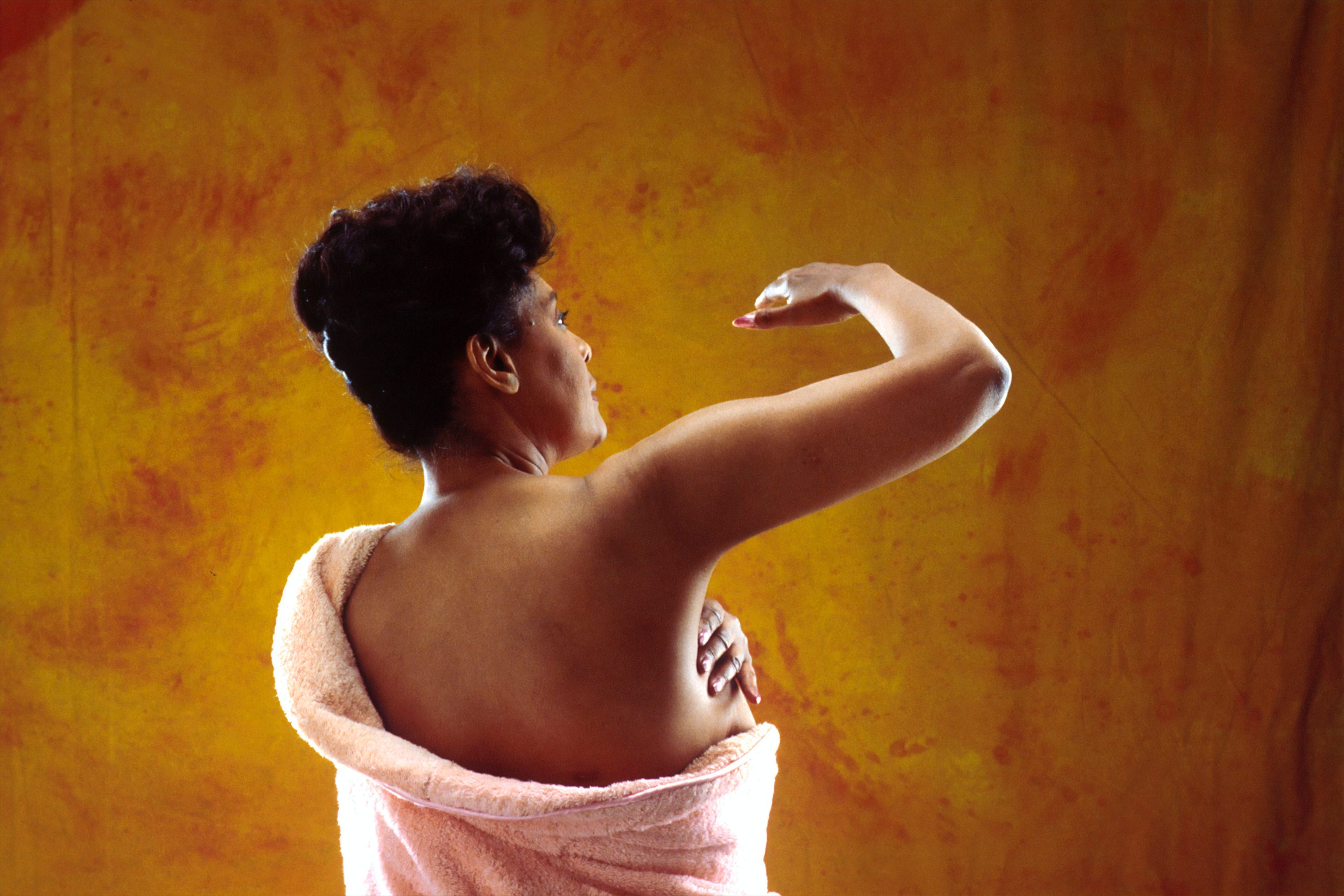
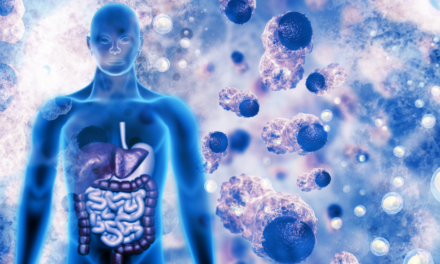
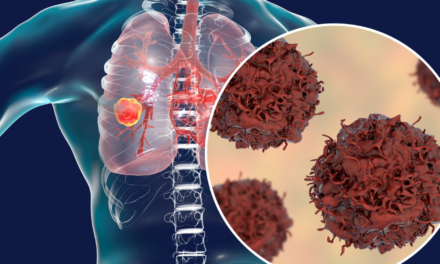
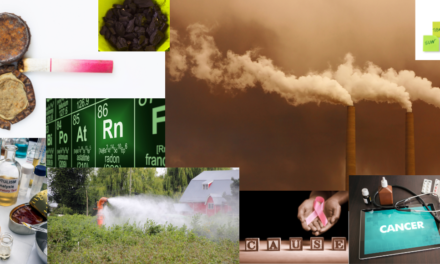
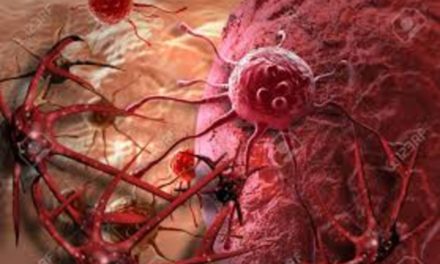
0 Comments
Trackbacks/Pingbacks